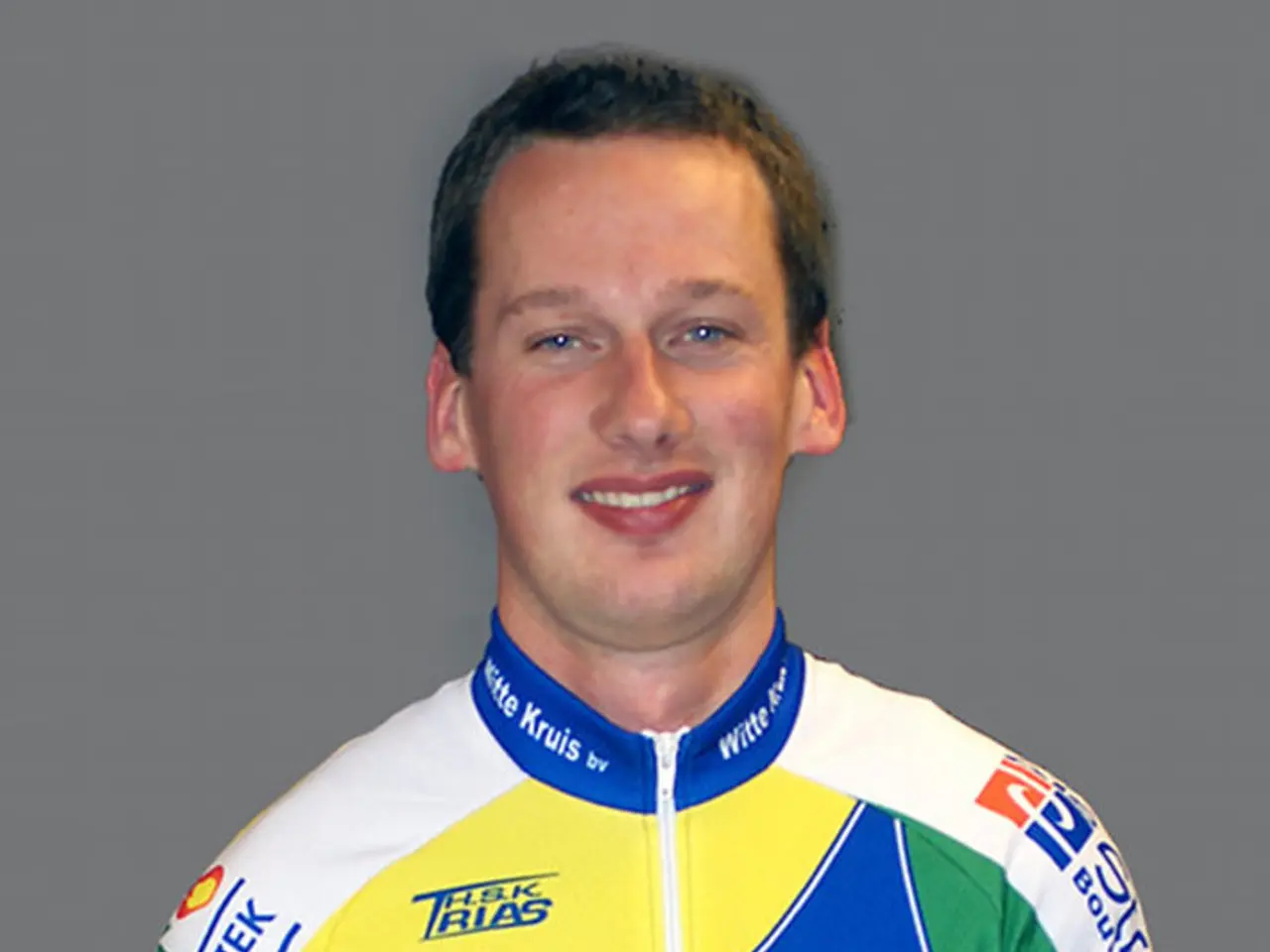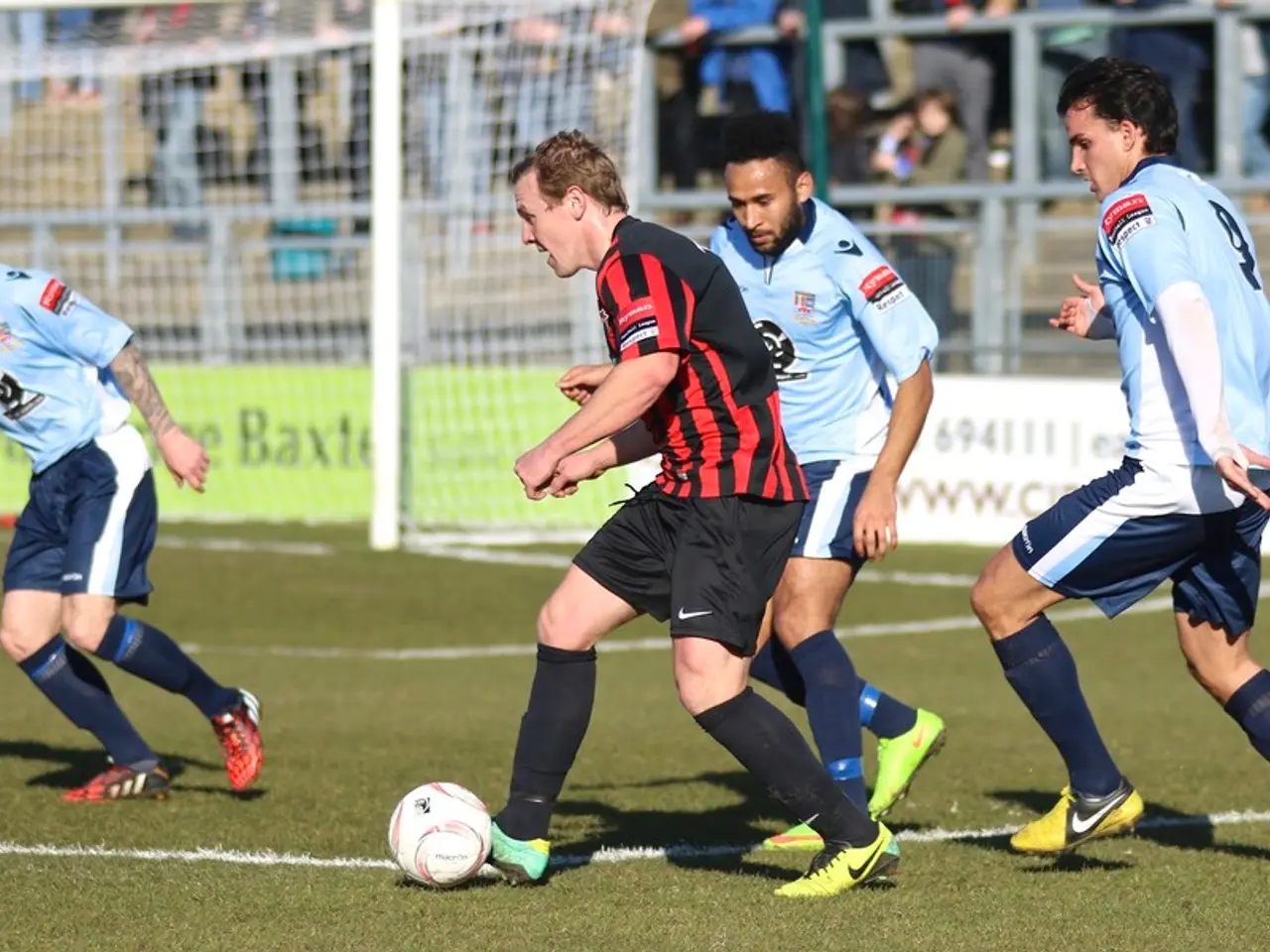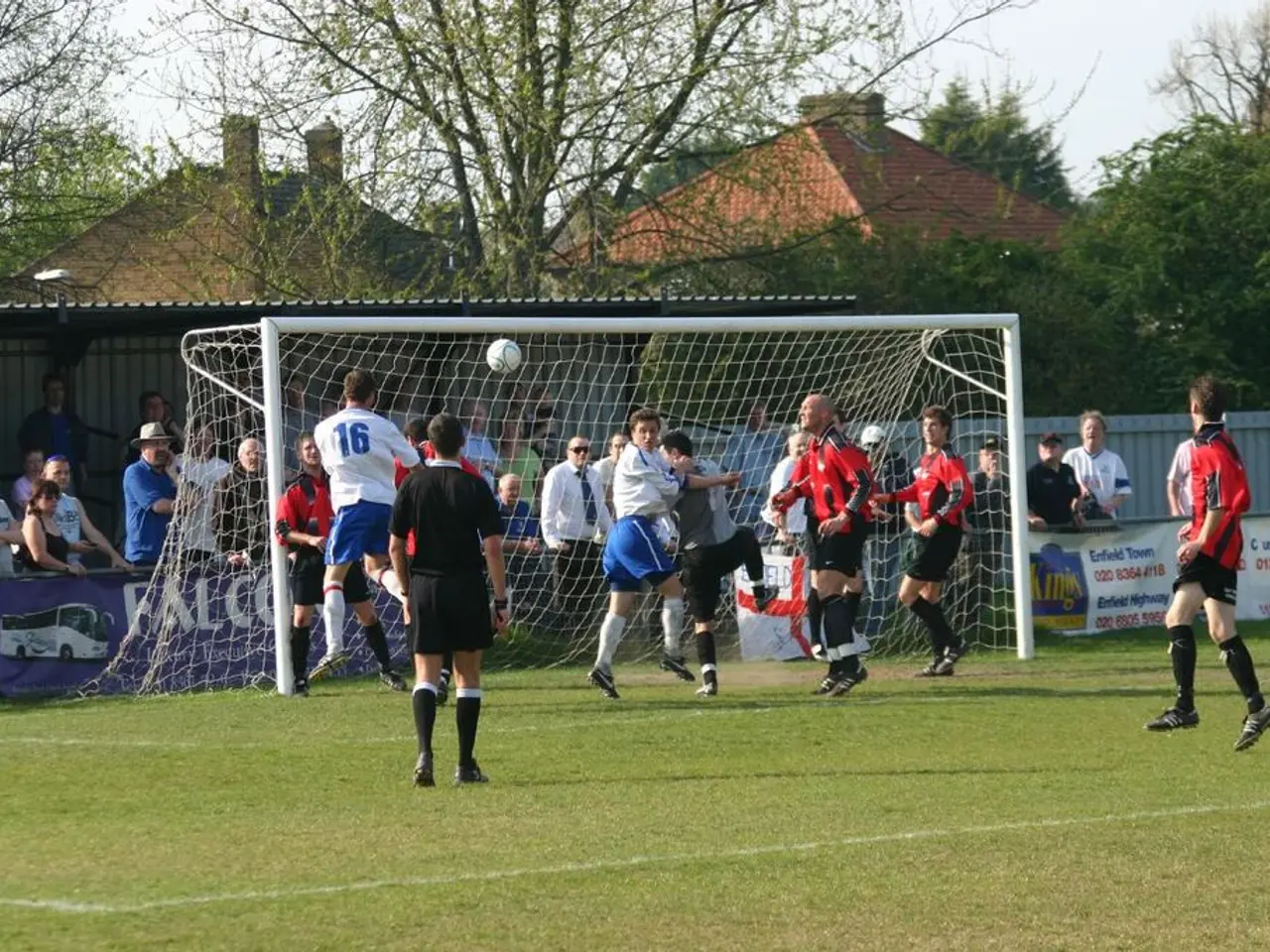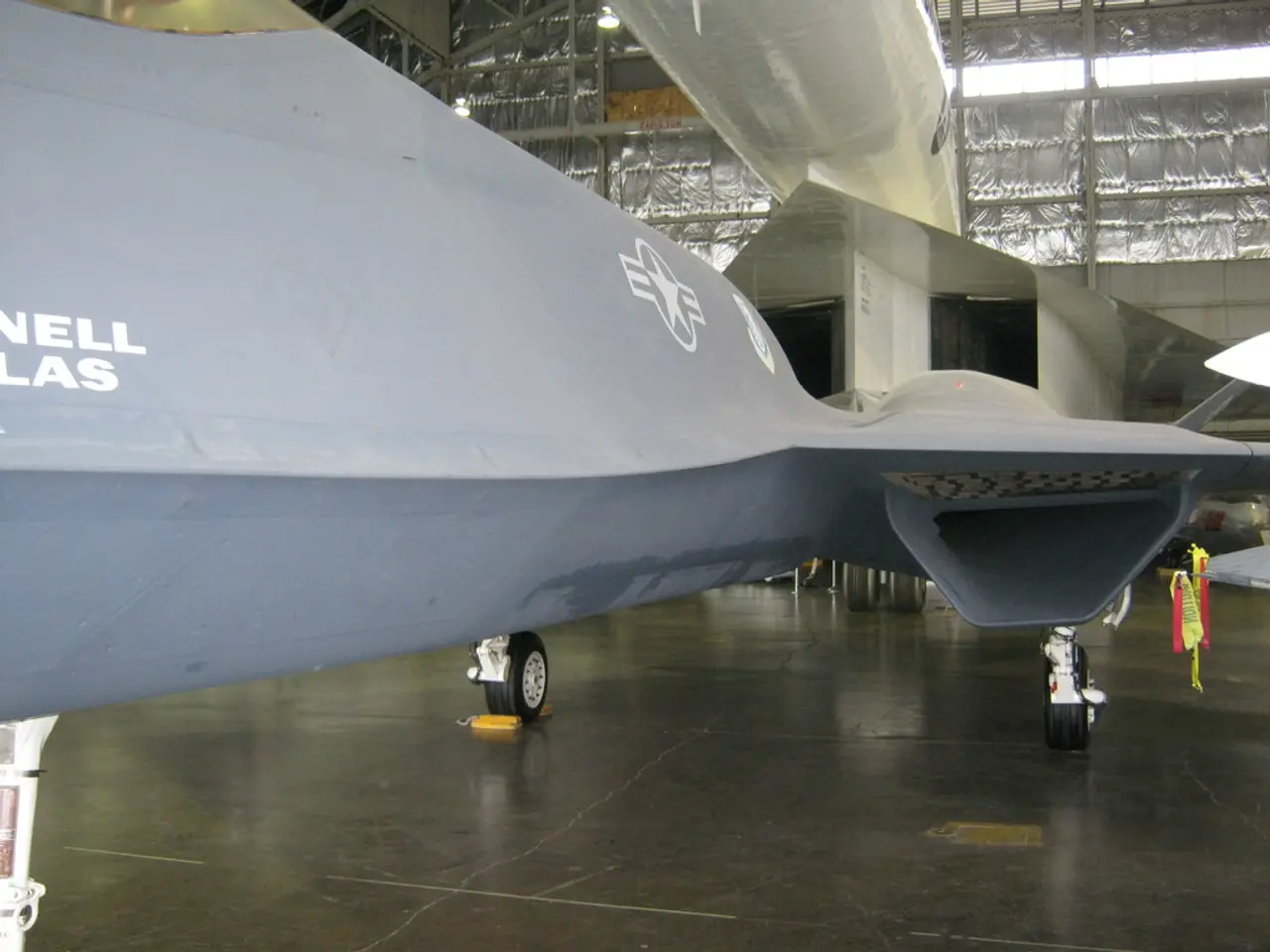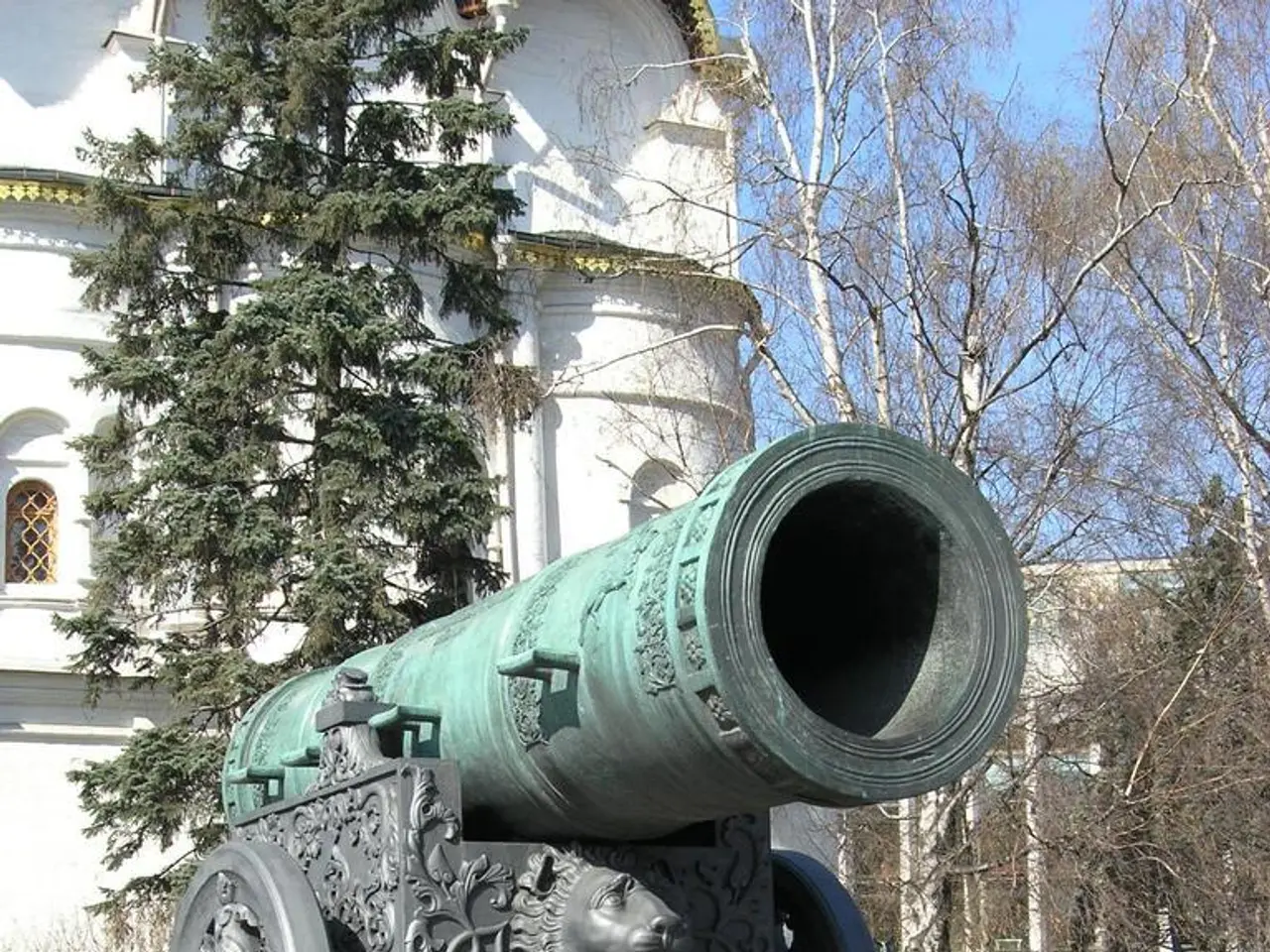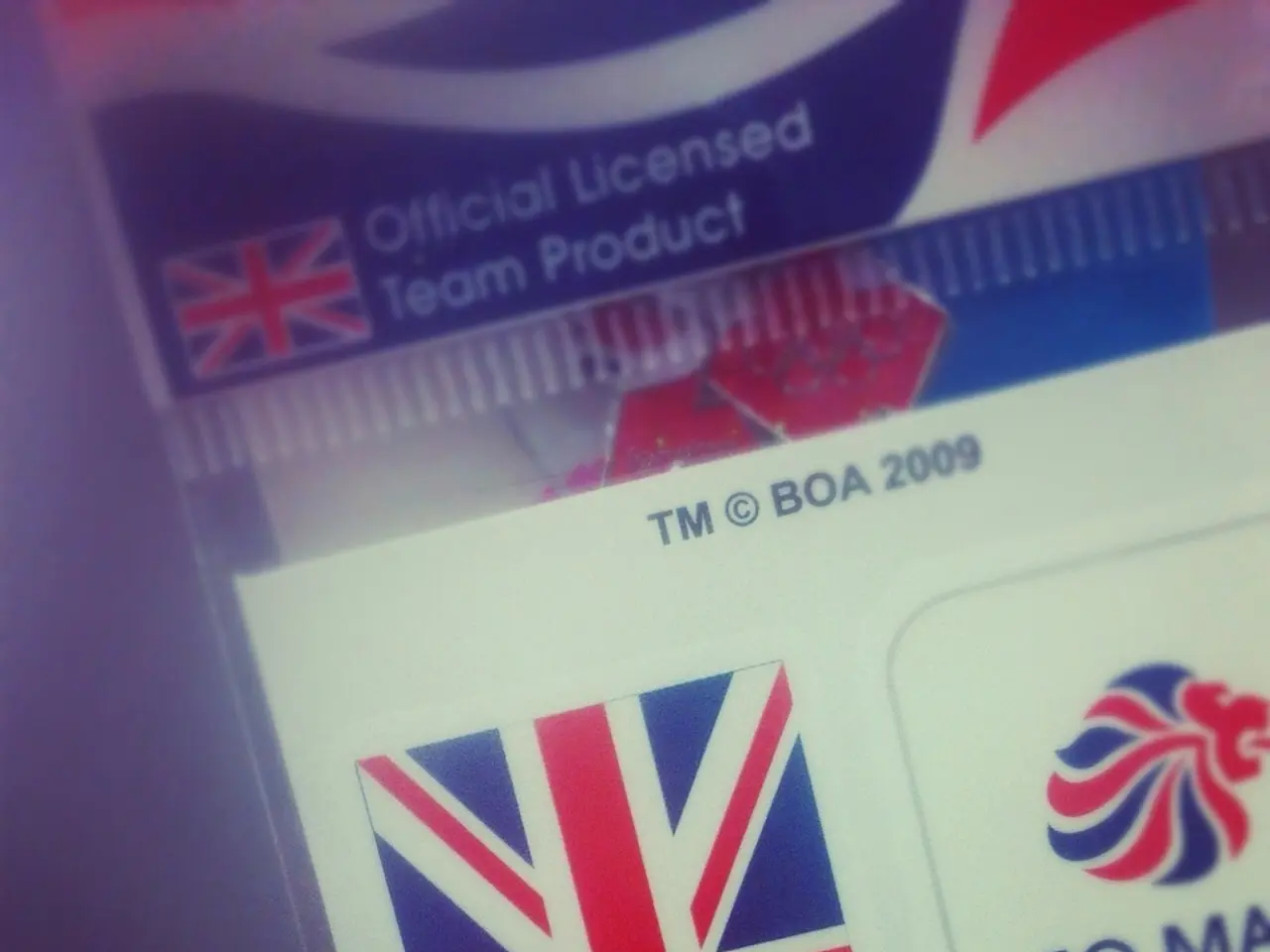Top CEOs Emulating Athletes' Habits, Discipline, and Mindset: A Guide for Everyone to Follow
In today's fast-paced business world, success often hinges on the ability to perform at peak levels under pressure. A new approach is emerging, one that draws inspiration from the world of elite athletes. By adopting the mindset and habits of elite athletes, CEOs and leaders can excel in complex and high-pressure organizational settings.
Discipline, not motivation, is the key to achieving goals and carrying leaders through tough stretches. This discipline manifests in deliberate, consistent effort, a trait shared by the world's top CEOs and business owners. Peak performance is not a matter of luck, but a result of this deliberate effort.
One of the fundamental practices leaders can embrace is mental fitness training. Strengthening cognitive skills such as focus, decision-making, and emotional regulation is crucial for performing optimally in high-stakes environments.
Another essential element is goal-setting, akin to an athlete's preparation cycle. Establishing clear, specific personal and organizational goals and regularly reviewing progress is vital. Leaders should approach each week with these well-defined targets in mind.
Discipline and strategic preparation are also crucial. Sticking to well-designed plans and avoiding distractions are key to optimizing performance, just as elite athletes follow detailed training regimens.
Resilience and stamina are equally important. Building the capacity to sustain effort, recover from setbacks, and persevere under pressure is vital. A culture that views failures as learning opportunities fosters this resilience.
Continuous improvement is another hallmark of the leadership athlete. Analyzing outcomes, soliciting feedback, and adapting strategies constantly mirrors athletes' commitment to reflection and iterative growth.
Leaders should also view rest as recovery, reframing breaks as important for mental recharge rather than downtime. This approach is akin to athletes using recovery strategies to optimize performance.
Maintaining mental routines is another practice leaders can adopt. Implementing mental warm-up exercises and rituals to prepare cognitively for demanding challenges can significantly improve performance.
By embracing these practices, leaders can create a robust "leadership athlete" mindset. This mindset enables CEOs and leaders to excel in fast-paced, complex, and high-pressure organizational settings, much like elite athletes do in competition.
A framework for setting goals can be the six Fs: family, finances, function, faith, fitness, and future. Adversity reveals character and commitment in leaders, and embracing diverse thinking enhances problem-solving and leads to better decisions.
Effective leaders don't wait for challenges; they train for them. Setting clear standards creates accountability and a culture where excellence is the norm. Building a real team with a shared mission is essential for progress. Leaders should seek out peers, mentors, and advisors who help them grow.
Lastly, leaders should intentionally create space for dissenting opinions. A shared mission, vision, and values create unity and help navigate challenges, but open dialogue and diverse perspectives are essential for making informed decisions and driving innovation.
In conclusion, the leadership athlete mindset offers a powerful approach for CEOs and leaders seeking to excel in today's dynamic business landscape. By drawing inspiration from the world of elite athletes, leaders can cultivate the discipline, focus, resilience, and continuous improvement necessary to thrive in the face of pressure and complexity.
[1] McArdle, W. D., & Maier, C. A. (2018). Peak performance: Elevate your game, avoid burnout, and thrive with the new science of success. Scribner.
[2] Duckworth, A. (2016). Grit: The power of passion and perseverance. Scribner.
[3] Newport, C. (2016). Deep work: Rules for focused success in a distracted world. Grand Central Publishing.
[4] Coyle, D. (2018). The art of learning: An in-depth exploration of the inner world of mastery. Bantam.
[5] Ericsson, K. A., Roring, J., & Nandagopal, R. (2007). The Cambridge handbook of expertise and expert performance. Cambridge University Press.
- In the realm of fashion-and-beauty, visionary leaders strive for innovation, reminiscent of the drive that propels top CEOs and business owners.
- Success in the business world requires the stamina and resilience of an athlete, as well as the ability to motivate teams, much like in sports, such as NCAA basketball or the NBA.
- Just as a chef practices healthy-cooking techniques to cater to customers' needs, a leader must adapt strategies based on feedback for organizational growth.
- Effective leadership involves cultivating a lifestyle that fosters emotional regulation, much like mental fitness training advocated for elite athletes.
- As in life, where managing family-dynamics and relationships is key, effective leaders understand the importance of goal-setting in both their personal and professional lives.
- Businesses require financial management as much as athletes do training, for growth and progress to occur.
- Just as leaders seek mentors or advisors for growth, a sports coach guides a team, helping them improve and overcome setbacks.
- In the world of cooking, a menu is a carefully planned strategy, similar to a leader's plan for organizational growth and success.
- By adopting a mindset that values continuous improvement, leaders can learn from failures, much like a chef learns from a poorly executed dish.
- Diverse thinking in the kitchen, as in the business world, enhances problem-solving and leads to better decisions, much like a well-rounded team would perform during a high-pressure NBA game.
